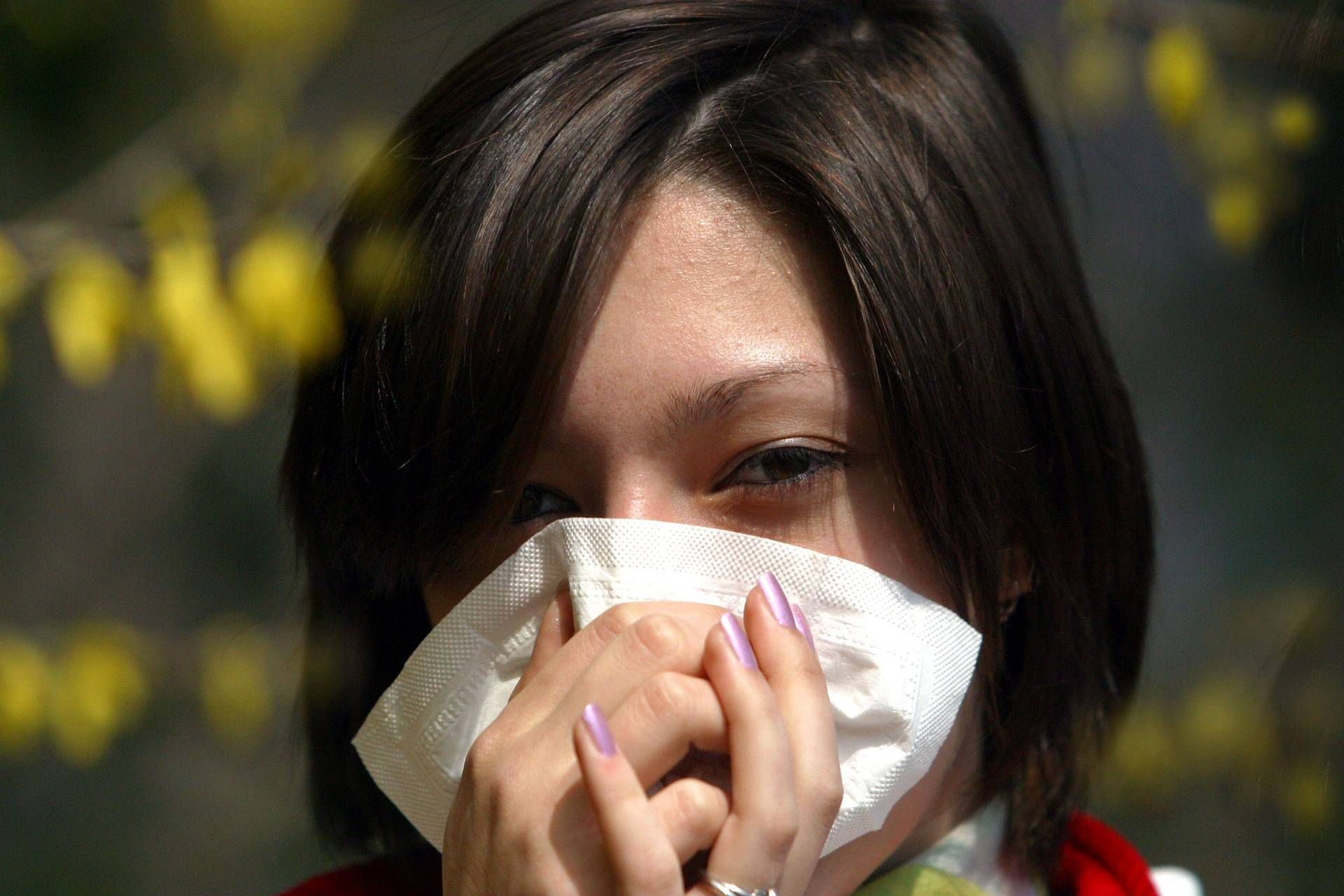The season of rhinitis, rhinoconjunctives, asthma and allergies is coming and it is necessary not to confuse them with the Omicron covid variants. To suggest how to behave in the case of these spring disorders and the rage of Omcron and the sub-variant Omicron 2 is the immunologist Mauro Minelli, responsible for Southern Italy of the Foundation for personalized medicine. “These are diseases that undoubtedly have a strong impact on the population considering that, according to updated and accredited sources, in Italy about half of the population suffers from respiratory allergies with a constantly increasing trend – warns Minelli – These data cannot and they must not be underestimated and that in times of Covid, inevitably, lead to an indispensable differentiation, especially if related to the pathogenic action of Omicron “.
“Omicron, in fact, has a cell tropism different from that of the other variants already known, having developed a specific selectivity towards tissues other than the lung and showing an extraordinary ability to infect the cells of the mucous membrane of the nose – recalls the immunologist – Hence its powerful contagiousness but also its ability to cause disorders mainly affecting the upper respiratory tract, in many ways comparable to those that, in this season, occur punctually in subjects with a clinical history of pollinosis, also known as’ fever from hay ‘”.
“So, if there are even differential diagnostic criteria between perennial forms and seasonal forms of allergic rhinitis, imagine how useful it can be, even on a practical level, the knowledge of discriminatory elements thanks to which one can convince oneself, if nothing else, of the uselessness of undergoing to a close sequence of pads as long as the series of beautiful days that spring can offer us “, suggests Minelli.
“In the seasonal forms of rhinitis the predominant symptoms are constituted by crises of violent and uncontrollable sneezing, colanose with watery and transparent rhinorrhea, itching and nasal congestion; less frequent are itching of the palate, throat and ears – underlines the immunologist – In the perennial forms these symptoms are more nuanced and nasal obstruction prevails, possibly complicated by the overlapping of symptoms such as disturbances in speech, reduced smell, possible local infectious complications with denser and viscous nasal secretion “.
“In rhinitis that has persisted for a long time, and especially in children, there is also a characteristic ‘facies’, with a typical ‘open mouth adenoid’ appearance, due to chronic nasal obstruction, and a peculiar attitude called ‘nasal greeting’ for the frequent rubbing of the nose upwards, with the formation of a transverse ‘nasal fold’ at the level of the lower third of the nose – he continues – Characterizing the allergic forms of rhinitis, especially those of a seasonal nature, is the very frequent conjunctival involvement with disorders oculars which very often are those that most negatively affect the quality of life of pollinated subjects and which are typically represented by redness and itching of the eyes, intense tearing, photophobia, with possible involvement of the edges of the eyelids “.
“On the other hand, Sars-Cov-2 infection occurs completely unexpectedly compared to the rhythms encoded by the classic pollen calendars for decades, with a fairly sudden onset characterized by fever possibly associated with chills completely absent in allergy sufferers. – he observes – also other disorders affecting the upper respiratory tract such as sore throat, cough and shortness of breath, but also more generalized symptoms such as headache and general feeling of malaise with possible widespread and migrating joint and muscle pain, completely new even in the most acute phases of allergic crises. Further distinctive elements are the loss of taste and smell, by now historically characterizing the Covid-19 in whose symptomatological procession, instead, itching in the nose and eyes, redness of the latter and tearing are missing. “.
“These are immediate observations and all in all simple to detect, which can provide useful elements to direct towards a diagnosis of Covid-19, without prejudice, however, to the concept that the coding of a diagnosis, which sometimes moves along paths from the borders rather nuanced, it may not be precise and categorical – concludes the immunologist – The use of molecular diagnostics through a swab for Sars-Cov-2 remains, therefore, the most correct procedure, especially to select those cases in which an overlapping infection from Sars-CoV-2 in allergic patients, a hypothesis that is far from unlikely in the next few months “.
